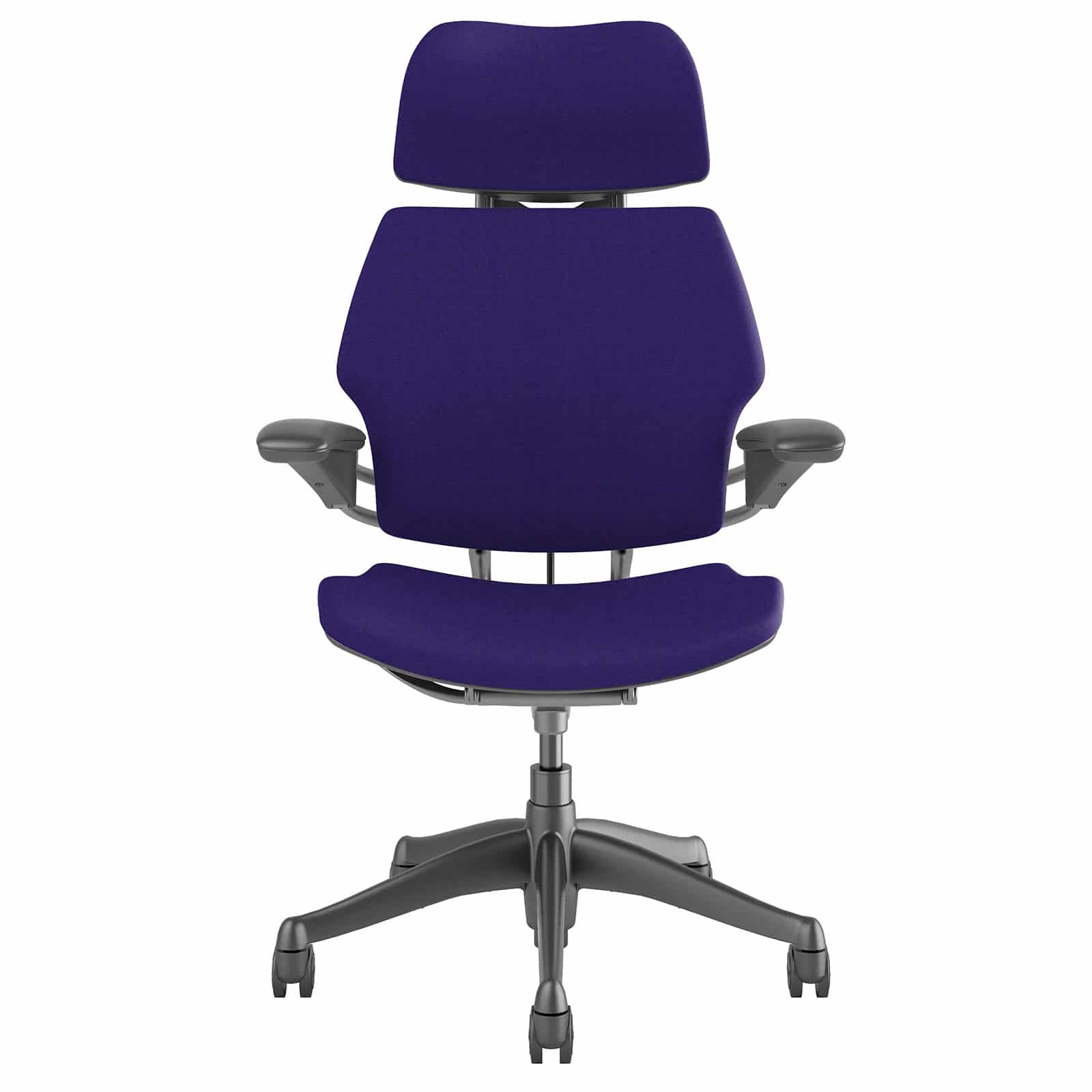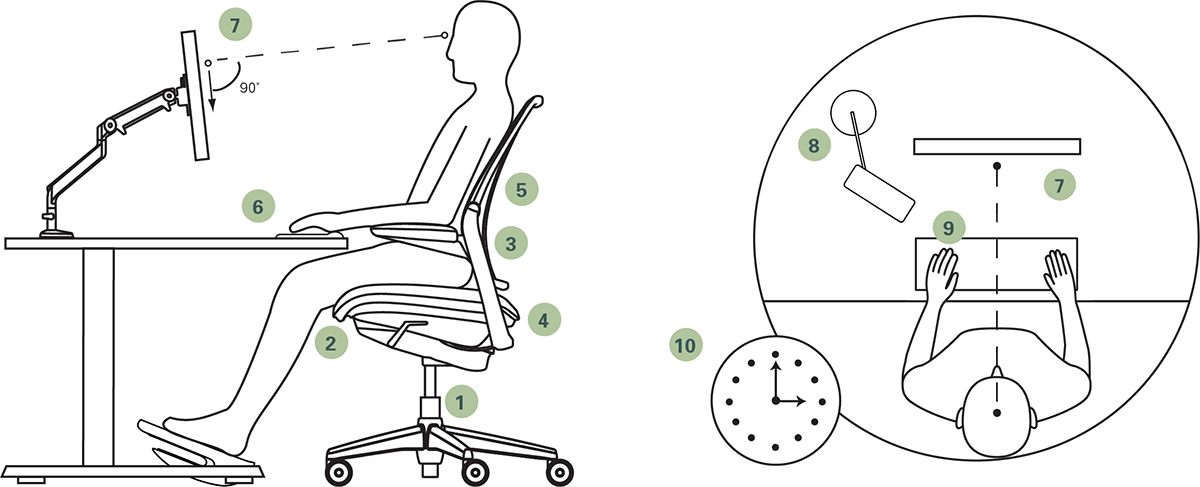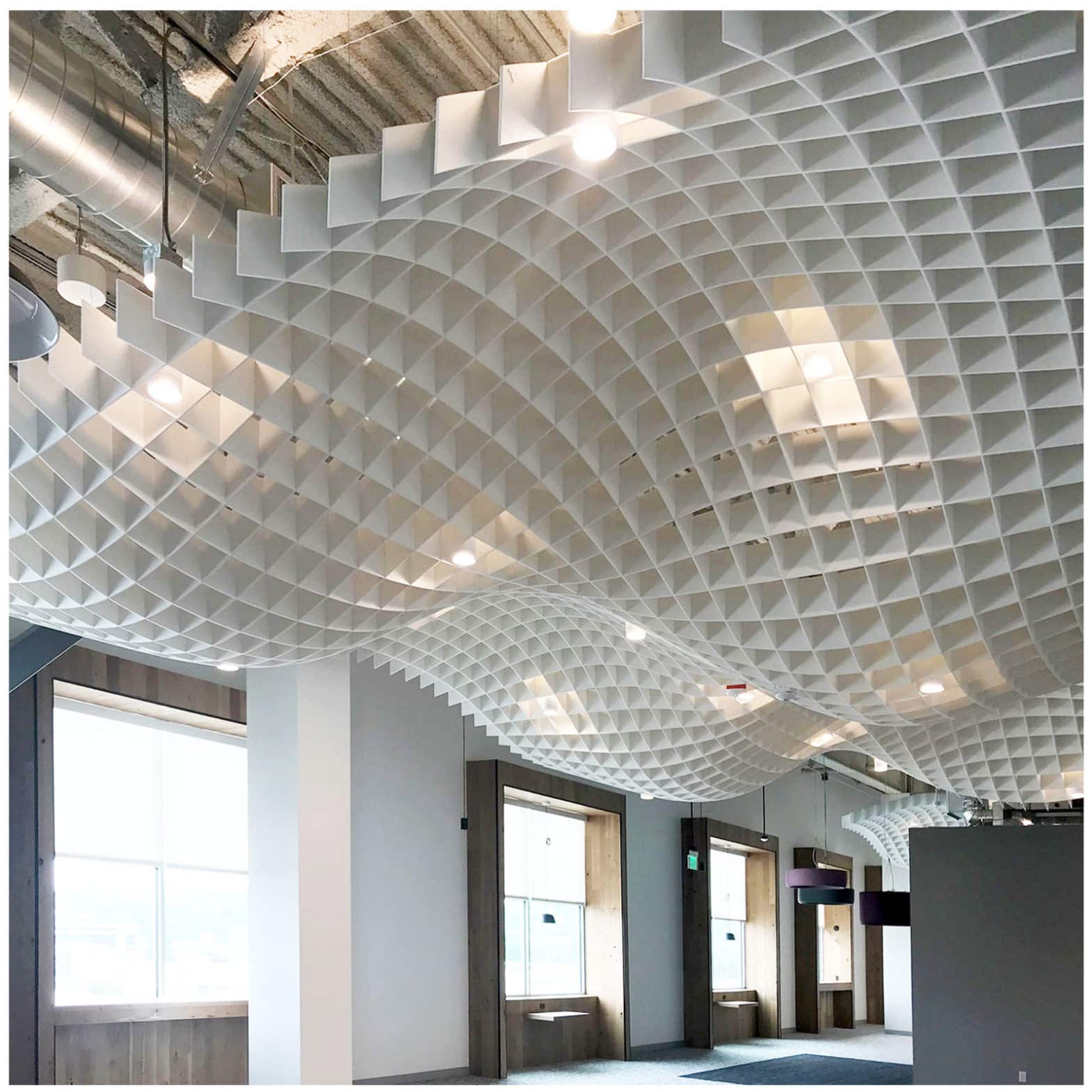Back pain is a common issue faced by many professionals spending long hours at their desks. With the rise in awareness about the importance of ergonomic furniture, many are turning to ergonomic executive office chairs as a possible solution. This blog explores whether these chairs can indeed help alleviate back pain and improve overall comfort while working.
Understanding Back Pain
Back pain can stem from a variety of sources, often linked to poor posture, sedentary lifestyle, or even stress. Many office workers experience this discomfort after prolonged hours spent hunched over their desks. Understanding the types of back pain is essential, as it helps identify potential remedies.
According to research, the lower back is particularly vulnerable. This back pain can present itself in numerous ways; ranging from a dull ache to sharp, debilitating pain. Identifying triggers can be crucial in finding relief. Sitting for long periods without proper support is often a leading cause.
Moreover, it’s vital to recognize how your work environment contributes to your back pain. For example, inadequate seating or improper desk height can exacerbate discomfort. To combat this, many are turning to ergonomic solutions, which are designed to promote a healthier alignment of the spine.
What is an Ergonomic Executive Office Chair?
An ergonomic executive office chair is designed with the user’s comfort in mind, focusing on promoting good posture and reducing strain on the body. Unlike traditional chairs, ergonomic chairs often feature adjustable components to meet individual needs, from back support to seat height.
These chairs are often made from breathable materials, cushioning that contours to an individual’s body, and lumbar support that helps maintain the natural curve of the spine. Such features are essential for those who spend extended periods sitting, as they can directly influence overall well-being.
Moreover, ergonomic chairs aim to facilitate movement. This might include the ability to swivel, roll, or recline, encouraging users to shift positions regularly. It’s not just about sitting; it’s about creating an environment that supports dynamic posture throughout the day.
How Ergonomic Chairs Address Back Pain
Ergonomic executive office chairs specifically target back pain by promoting spinal alignment and providing support where it’s needed most. They help users maintain a neutral spine, which minimizes tension in the muscles and ligaments surrounding the back.
Additionally, the ability to adjust the chair’s height and lumbar support ensures that users can customize their seating position. Proper alignment allows weight to be distributed evenly across the body, reducing the risk of strain or injury. A chair that adapts to the user can make a significant difference in comfort levels.
It’s also worth mentioning that ergonomic chairs can encourage movement. Regular shifting of position can reduce stiffness and tension in the back. In essence, investing in an ergonomic executive chair promotes not just comfort but a healthier work routine.
Key Features to Look for in an Ergonomic Chair
When seeking an ergonomic executive office chair, certain features should stand out. First and foremost, look for adjustable lumbar support. This is critical, as it supports the lower back, an area often affected by poor seating posture.
Next, consider the seat depth and width. An ideal chair will allow for enough space to sit comfortably while providing support for your thighs without cutting off circulation. Adjustable armrests are another essential feature, as they help reduce shoulder strain, which can often accompany back pain.
Lastly, don’t overlook the chair’s material and build quality. A chair with breathable fabric can maintain comfort even during long work sessions. All these aspects collectively contribute to a more comfortable sitting experience and may help alleviate back pain over time.
Tips for Using an Ergonomic Chair Effectively
To reap the maximum benefits from an ergonomic executive office chair, it is crucial to use it correctly. First, ensure that the chair is adjusted to fit your body perfectly. The seat height should allow your feet to rest flat on the floor, with your knees about level with your hips.
Next, engage the lumbar support. The adjustment should support your lower back while allowing you to maintain an upright position without leaning. This will help prevent the common tendency to slouch, which can worsen back pain over time.
Finally, remember to stand, stretch, or take breaks regularly. While an ergonomic chair can provide substantial benefits, it’s crucial to incorporate movement throughout your workday. This combination of good furniture and frequent activity will ensure optimal comfort and health.
Final Thoughts on Ergonomics and Comfort
In conclusion, ergonomic executive office chairs can significantly contribute to reducing back pain when used properly. They provide essential support, encourage better posture, and can be customized to fit individual needs. However, it’s important to pair these chairs with regular movement and stretching to achieve the best results.





